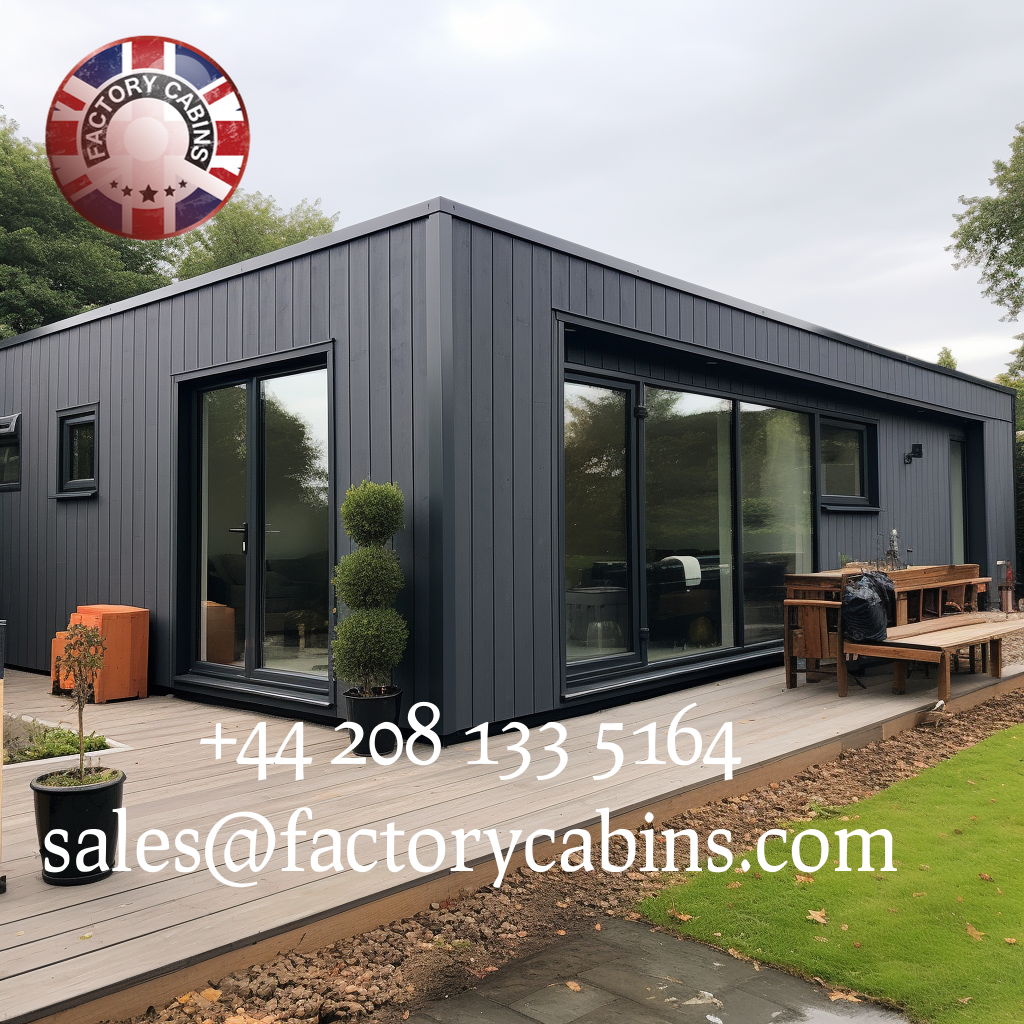
Below is an accurate description on how the standard BS 3632 Park Homes, or static mobiles, are manufactured by the top 10 UK leading manufacturers: “They do not have to be better”, they just meet the regulation to its letter.
And when you are hypnotised by the kitchen and TV you forget to ask them one very simple question, Is this a financial investment? if they say yes, they are lying, if they say no then they are just plain stupid, as why do they think for the past 50 years you have bought and sold and earned a tidy sum from your property portfolio,, to waste every penny on a cheap, nasty , awful , rubbish BS 3632.
Our residential park homes are manufactured to such a high standard that no one in the industry is even slightly close, our basic insulation package is 250 floors, 300 walls, and 350 roof, fitted with triple glazed windows and doors. That’s just the beginning; all our units are made with C24, graded KD FCE timber, we offer fireproof, waterproof, and insulated cladding on the outside of the building; and amazing internal panel systems that make you building look like a house in Park Lane. And the price is lower than anything even similar to that offered in the UK.
Insanity, from £80.000 to 500.000 for a Residential Park Home manufactured to the standard
BS 3632
Madness
BS3632’s Dreadful Reality: Poorly Manufactured, Expensive, and Wasteful
The British Standards Institution (BSI) developed BS3632 standards to ensure that the building and design of residential park houses, vacation lodges, and static caravans satisfy the appropriate safety and quality norms. On the surface, these tight rules appear to be a wonderful concept; nevertheless, upon closer study and analysis, it becomes abundantly clear that adhering to BS 3632 frequently leads in expensive, overpriced holiday homes of poor quality, far from optimal comfort and safety. Indeed, deciding to build and purchase a vacation home to this standard demonstrates a careless disdain for quality, wastefulness of resources, and utter financial inefficiency.
To begin with, BS3632-compliant constructions are frequently built with extremely expensive building materials such as premium insulation, strong roofing materials, and fire-resistant materials. As a result, these vacation homes are significantly more expensive than residences that do not adhere to such stringent regulations. Factory cabins, the most popular choice for park home buildings in the UK, are often even more expensive due to their large-scale production procedures. Aside from the financial burden, the bulk of these high-end building materials are generally of poor quality, revealing a lack of attention and diligence in their design and construction. As a result, many holiday homes that meet the BS3632 standard today are bad investments, with poor performance in cold temperatures, trouble holding heat, and a variety of other structural flaws.
Furthermore, the inefficiency and excessive expense of such a method of developing vacation homes do not end there. If your static caravan, holiday home, or mobile home fails to meet BS3632 standards, large-scale improvements and renovations are frequently required; this necessitates both financial and time investments that could have been avoided if a stronger emphasis on quality was placed during initial construction. Furthermore, up to 60% of the resources used to construct the mobile or park home are frequently squandered, making this an unsustainable and expensive approach in both the short and long term.
It is clear that the harsh reality of BS 3632 does not live up to the initial promise; while the idea of having such stringent guidelines for the construction and design of residential park homes may appear appealing, following BS 3632 frequently results in poorly manufactured, overpriced, and wasteful holiday homes. Choose a builder and manufacturer who refuses to accept subpar materials and is dedicated to providing you with the best holiday home experience possible for great quality, safety, and sustainability in your vacation house. We are dedicated to delivering holiday homes that meet and exceed industry standards without sacrificing energy efficiency, comfort, or your budget at [Your Company Name]. Invest in a holiday house that prioritises your comfort and actually enriches your vacation experience.
At Factory Cabins we build the best of the best, and our quality can not be touched. This amazing, massively insulated , quality timber frame Park home can be yours at a price that will make you smile and also its very sellable when you finished. And no you do not lose money!




